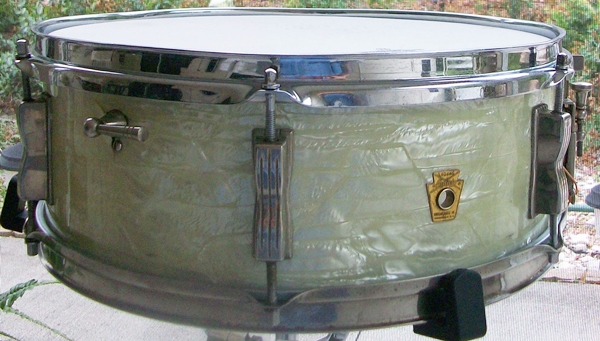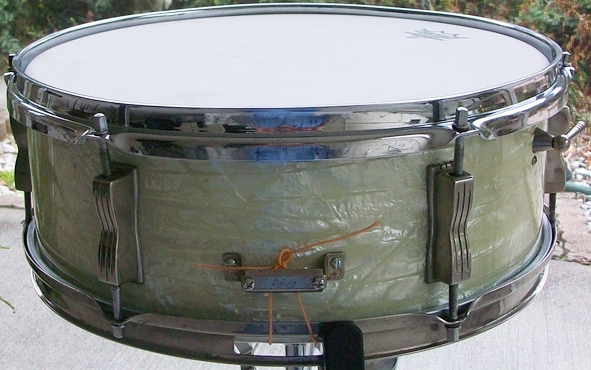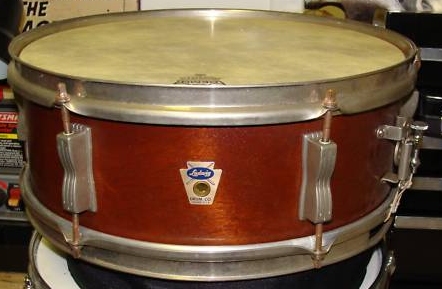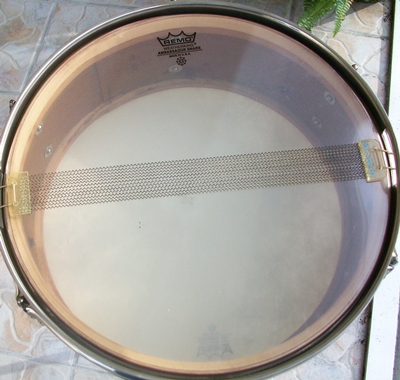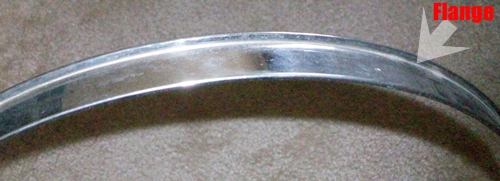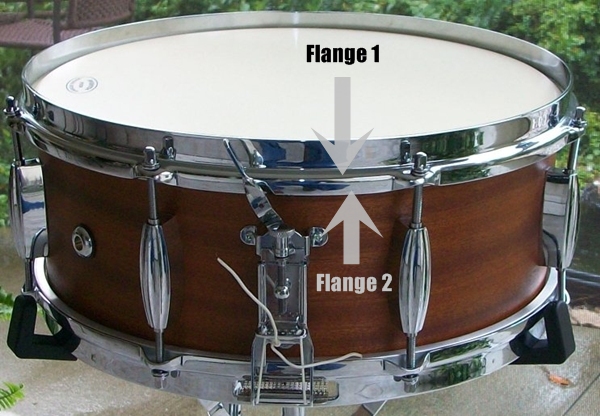My focus this year will be on early 1900s snare drums - nothing later than the mid 1930s. Here is what I will be looking for:
- Ludwig & Ludwig wood "Tango" drum from the 19-teens through 20s. These drums have single tension lugs and wood hoops. The lugs are not attached to the shells.
- 1920s Ludwig heavy, two-piece shell in 5x14 with either 6 or 8 lugs.
- Leedy Elite engraved model. I have always wanted one and my timing has been off everytime one becomes available.
- An early Leedy wood snare drum with the wood hoops, single tension, floating lugs and overall design similar to the Ludwig & Ludwig that tops this list.
One final tidbit of information: Bill Kay, who is a moderator at Cymbalholic, as well as a regular and valued contributor on Drumforum and Ghostnote (the three top drum forums in my opinion), invited my attention to a wood finish called Tried & True Varnish Oil. A little research revealed that this is possibly the one product that would entice me into refinishing some of my vintage wood snare drums. I have been loathe to do so in the past because I did not want to alter the original finish in any dramatic manner. The company also makes another product that intrigues me too: Original Wood Finish. All of the products are "green" in that they are environmentally safe and use natural ingredients. I'll report back after I've tried it. My first candidate will probably be the Ludwig Transition Badge Pioneer.





